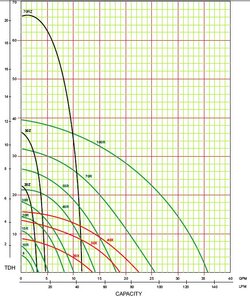- Joined
- May 17, 2003
- Location
- England-Leeds
Basically Im looking at making a CPU waterblock and wondered if anyone has any advice. I dont have access to any fancy machinery, but I do have the help of my dad who is a retired thermal analyst (a chemist who analyses thermal properties of stuff). We were thinking something very basic, like a sort of copper box, with fins going from base to lid inside, placed in rows slightly offset so the water is forced to flow around all of them. Seeing as I lack experience, and Id rather not have to build a few of these before I get it right, so if anyone can help me with little pointers they would be much appreciated.
2 obvious things I would like to know are what thickness copper is best for the base, and also how large the area of the base needs to be. It will be getting used on an opteron 170 with the IHS removed for a while, then in a few months most likely onto a Core 2 duo.
Thanks in advance for any replies, George.
2 obvious things I would like to know are what thickness copper is best for the base, and also how large the area of the base needs to be. It will be getting used on an opteron 170 with the IHS removed for a while, then in a few months most likely onto a Core 2 duo.
Thanks in advance for any replies, George.


